This season, at around 4:30 a.m., Ms. Hoang Thi Tien rides her motorbike along the breakwater from her house in Thanh Binh residential group to the mangrove forest in Bac Chau residential group (same ward as Ngoc Son, Thanh Hoa province).
After leaving her car on the embankment, she waded into the mud flat and entered the mangrove forest. From there, she “stayed” in the forest until noon, before the tide came in.
Ms. Tien’s job is to “hunt” for the clams, as the locals call them. This is a species of clam. When the tide goes out, the clams hide under the mud. But through the “breathing holes” of the clams on the mud surface, the “hunters” discover them and just have to dig the mud with their hands and catch them.
Mangrove forests - "green dykes" protecting villages
Around 11am, Ms. Tien came out of the forest with her things in hand. Her clothes were covered in mud and sweat.
Although she was very tired, she was happy because she caught a lot of bom bop. With the selling price of 15,000 VND/kg right at the forest gate, Ms. Tien earned about 300,000 VND.
In-depth talk on mangroves
In a forest not far away, Mrs. Nguyen Thi Truyen (73 years old, Lien Thanh residential group, Ngoc Son ward) is also busy hunting oysters on the mudflat. This is a species of oyster that lives in the mud under the mangrove forest, different from milk oysters that cling to rocks and hard objects.
Mrs. Nguyen Thi Truyen hunts oysters in the mangrove forest
Ms. Truyen said that in addition to oysters, there are many other species in and around this mangrove forest such as crabs, loach (a species of loach family), cobia, mullet, etc.
Every day, Mrs. Truyen “picks up” in this forest to earn enough to “make ends meet”. Besides finding food for her family, on days when she is full, she sells it and earns at least 150,000 to 200,000 VND.
Mrs. Truyen said enthusiastically: “Thanks to the mangrove forest, even old people like me don’t have to worry about starving. Only the lazy will starve! No need for fishing tools, just a knife, and that’s enough to eat.”
According to Mrs. Truyen, mangrove forests not only protect villagers from wind and waves, but also provide food, so our ancestors taught us that the forest is as precious as the forest, and that's why we should eat from the forest.
Dr. Vu Van Luong, Institute of Agriculture - Natural Resources and Environment, Vinh University, a mangrove research expert, commented: "It can be affirmed that mangrove forests have "boundless" value, protecting the ecosystem of estuaries and coastal areas, regulating temperature; limiting erosion, saltwater intrusion, protecting coastal resources from the destruction of waves, storms, rising sea levels, high tides; preventing desertification of cultivated land inside mangrove forests".
Nowadays, climate change is complex, difficult to predict and control, the role of mangrove forests is becoming especially important.
According to Dr. Vu Van Luong, through surveys, mangrove forests are areas for aquaculture development that bring high economic efficiency and sustainability, such as combined shrimp-crab farming models, extensive shrimp farming; clam, snail, grouper farming...
Mangrove forests are also the development environment of many aquatic species of high economic value, and are the breeding ground of many waterfowl, migratory birds and some animals such as monkeys, crocodiles, monitor lizards, weasels, etc.
In addition, mangrove forests in some places have also become interesting eco-tourism destinations, attracting many tourists to visit and experience.
DUY CUONG
Source: https://www.sggp.org.vn/qua-ngot-tu-rung-ngap-man-post803665.html


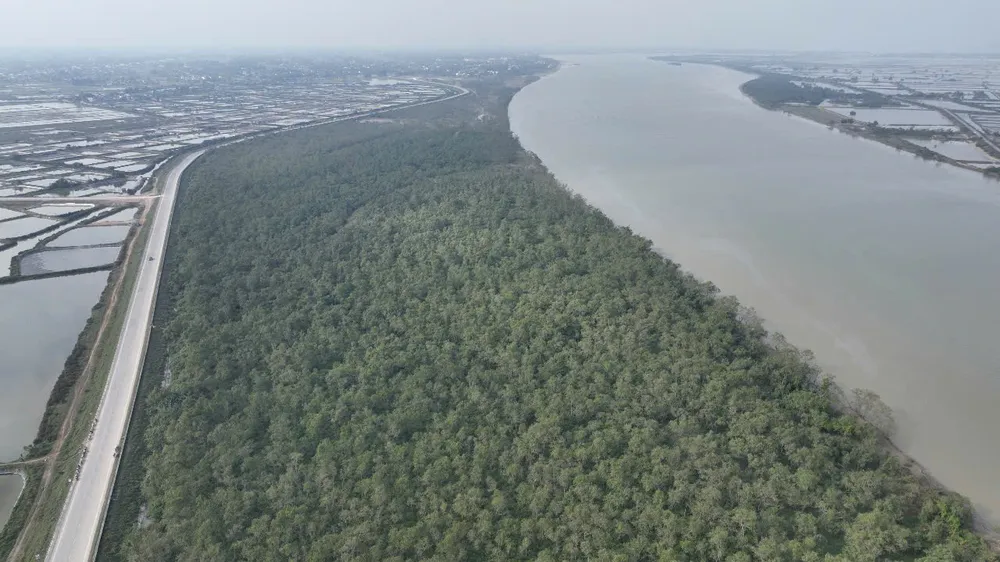
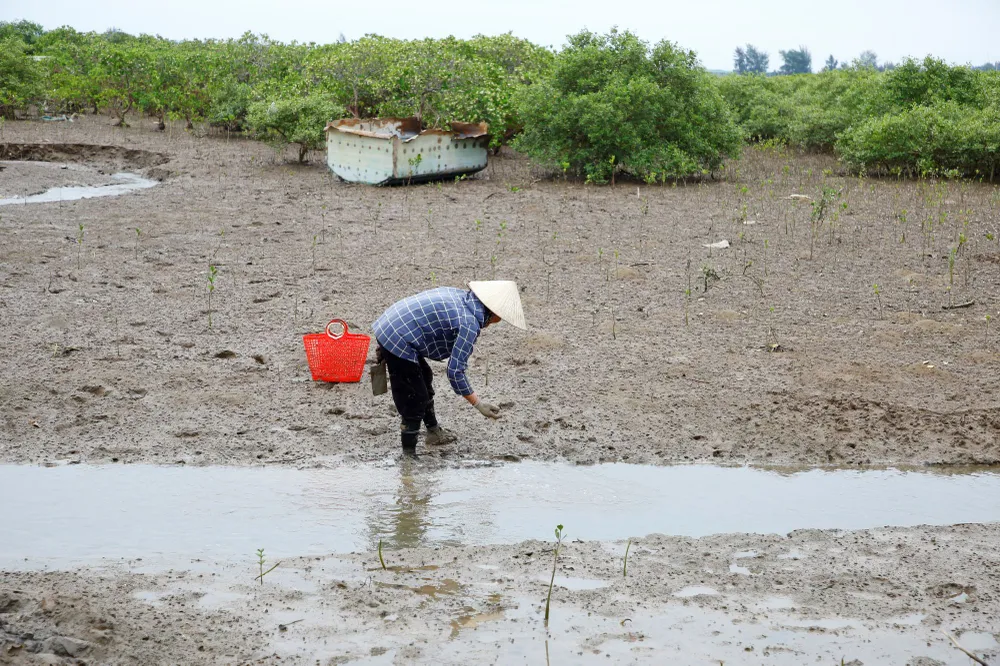
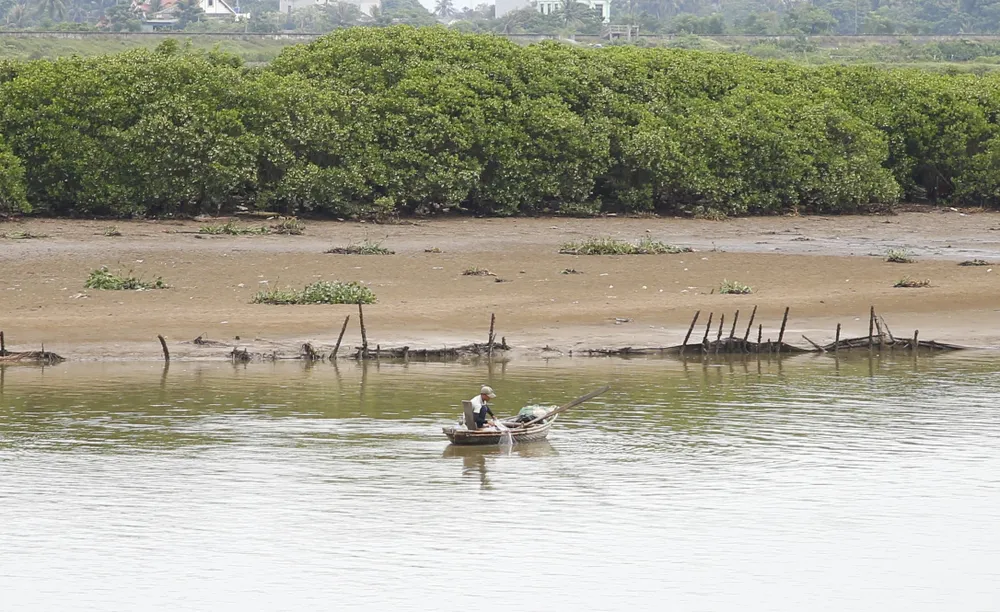
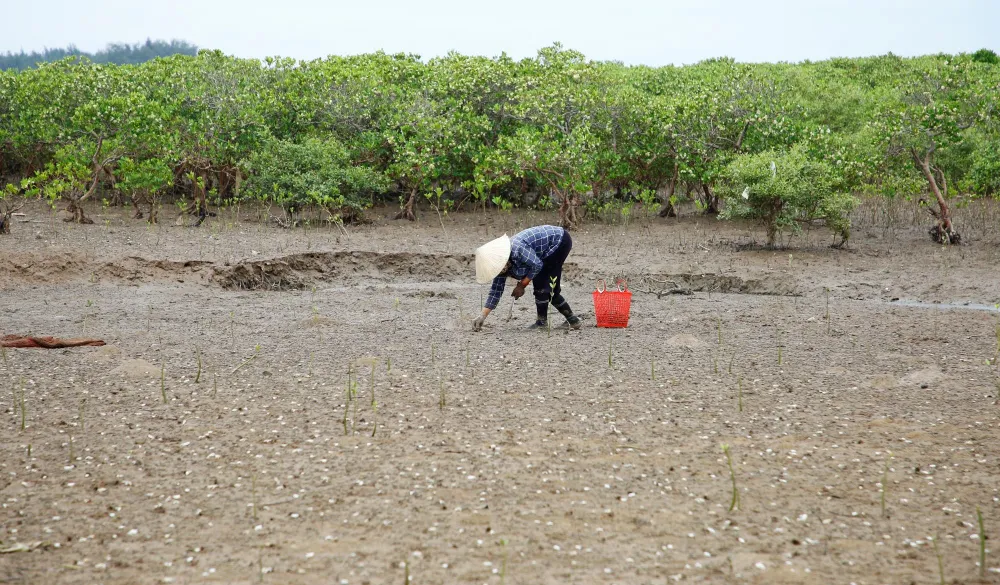
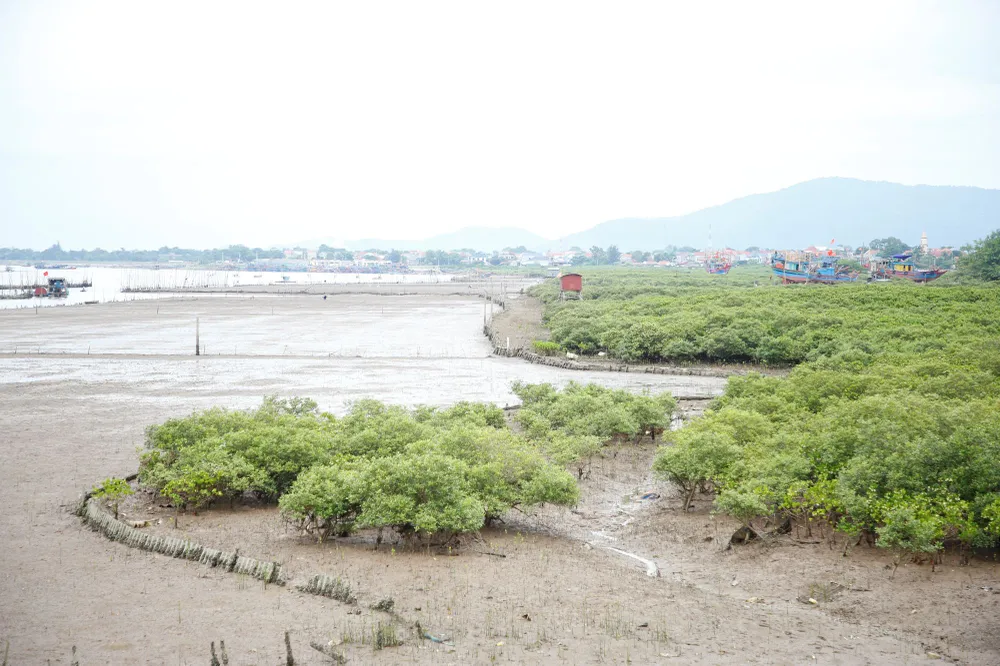
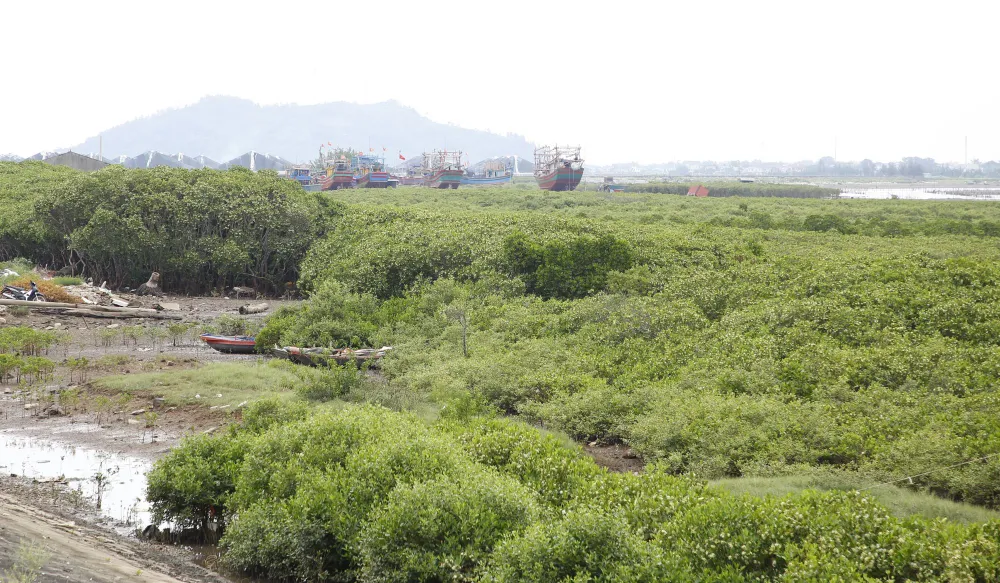
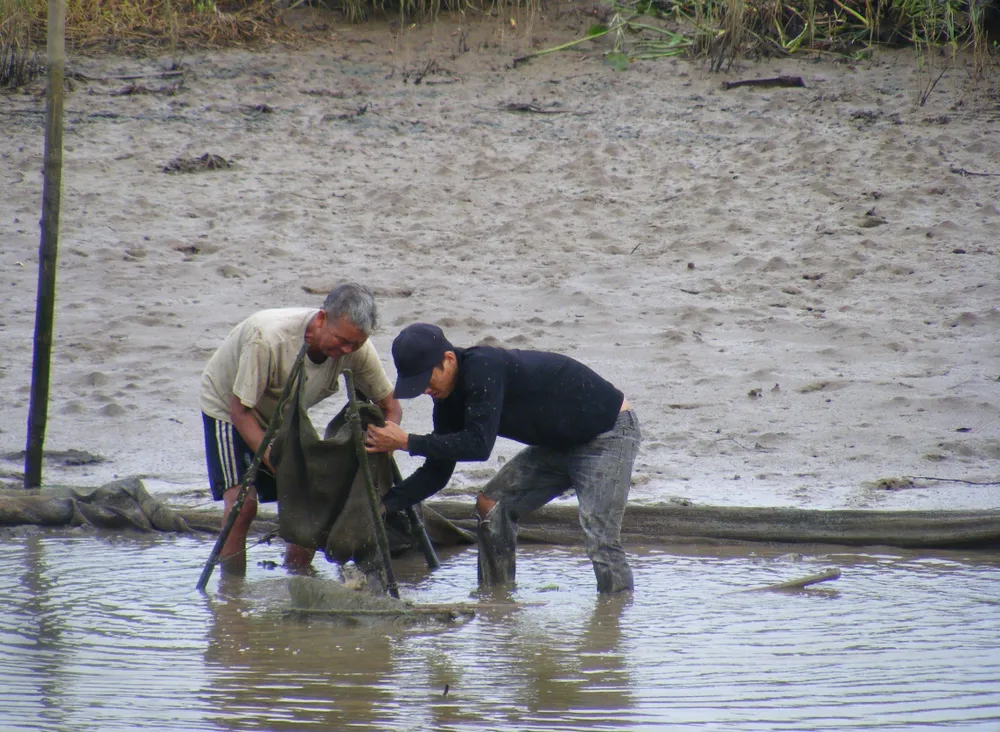
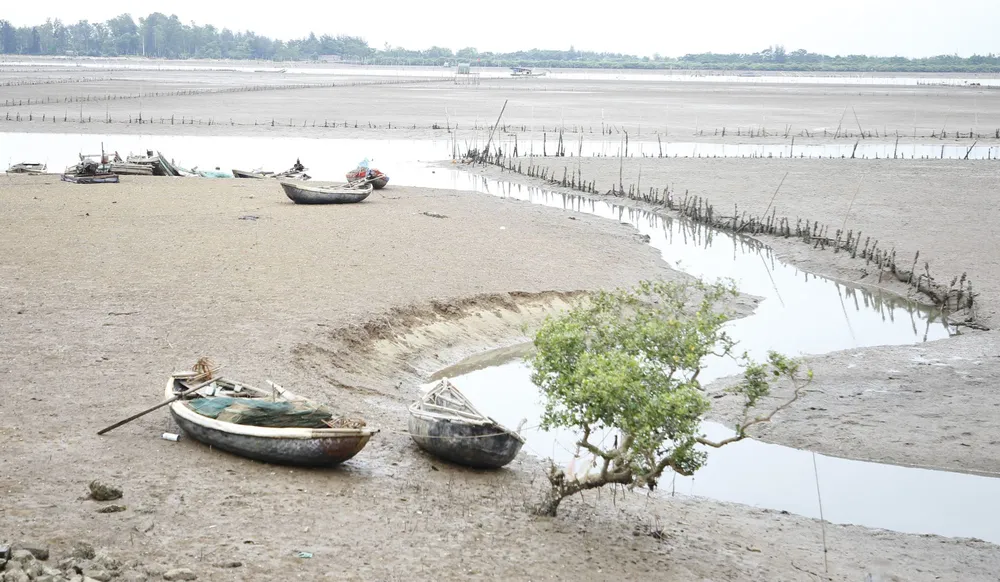





![[Photo] Cat Ba - Green island paradise](/_next/image?url=https%3A%2F%2Fvphoto.vietnam.vn%2Fthumb%2F1200x675%2Fvietnam%2Fresource%2FIMAGE%2F2025%2F12%2F04%2F1764821844074_ndo_br_1-dcbthienduongxanh638-jpg.webp&w=3840&q=75)
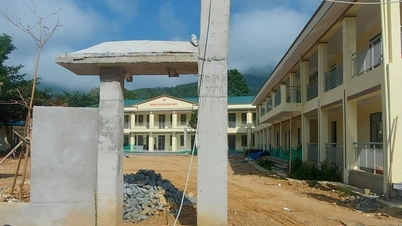

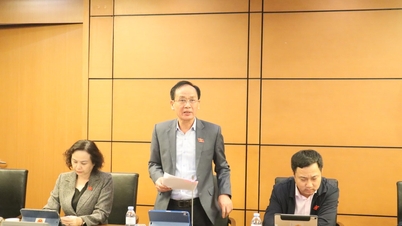

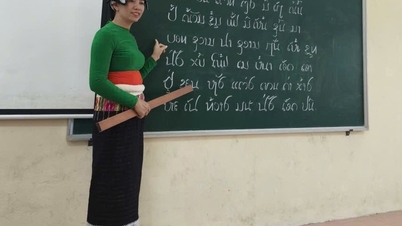

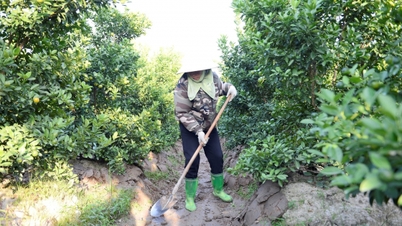

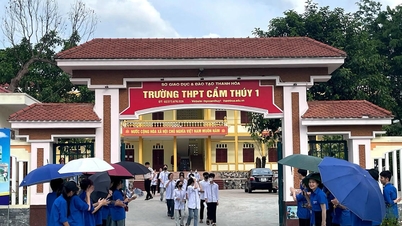



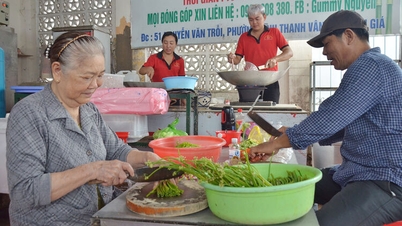

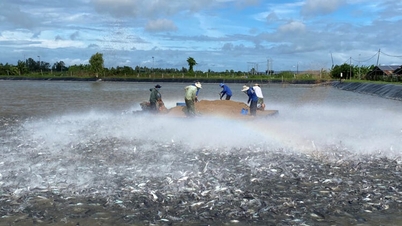
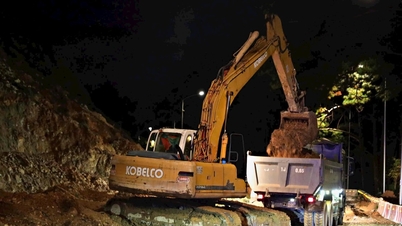

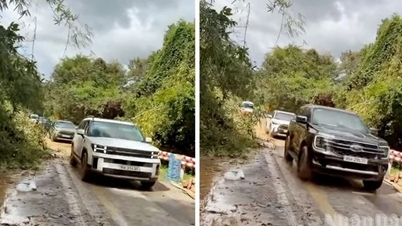
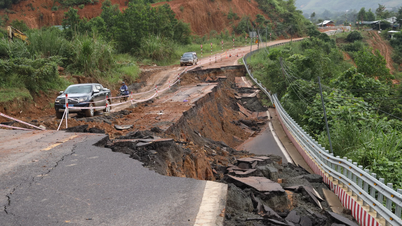







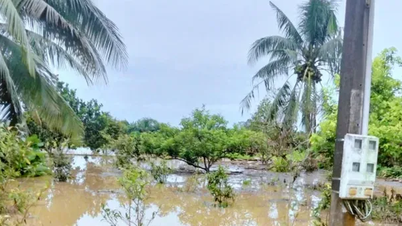





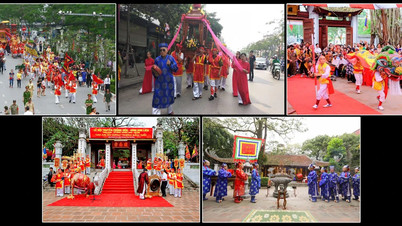

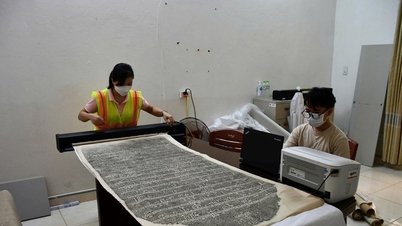

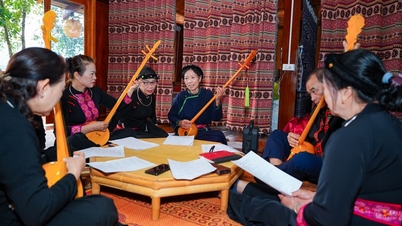



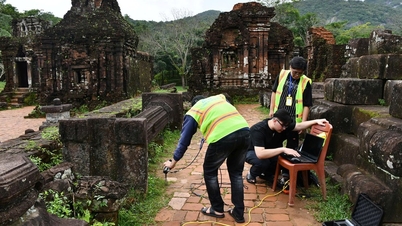







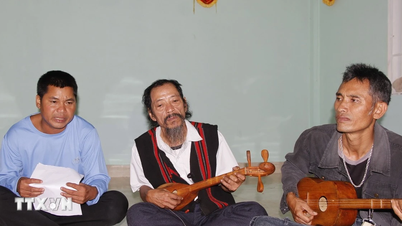







![[VIMC 40 days of lightning speed] Da Nang Port: Unity - Lightning speed - Breakthrough to the finish line](https://vphoto.vietnam.vn/thumb/402x226/vietnam/resource/IMAGE/2025/12/04/1764833540882_cdn_4-12-25.jpeg)
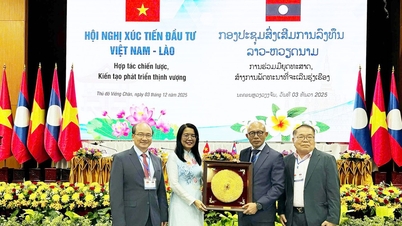









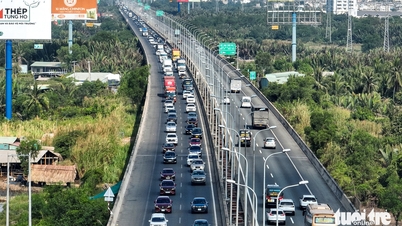















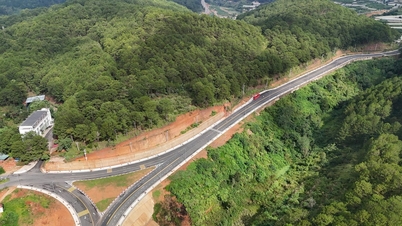


















Comment (0)